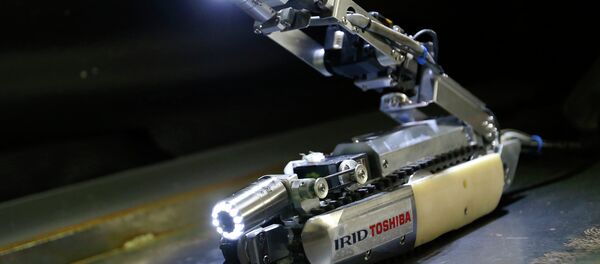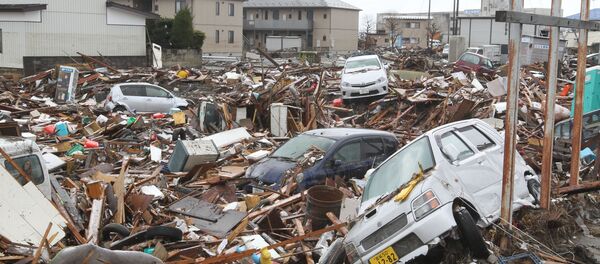Some 140,000 people were subsequently evacuated from their homes within 12 miles of the plant, and the catastrophe prompted Japan’s nuclear industry to completely shut down all of its 54 operating nuclear reactors. Now, as the government and utility owner, Tokyo Electric Power Company (TEPCO), begin working towards a speedy decommissioning and dismantling of the plant, many are questioning whether a successful cleanup of the site is even possible in such a small time frame.
Chief engineer of Fairewinds Energy Education, a non-profit that aims to educate the public on nuclear policy and safety, Arnie Gundersen says the cleanup efforts are nothing short of impossible.
In a recent video released by Fairewinds, Gundersen gives a detailed analysis of the cleanup efforts and the likelihood of their success. Noting the extent of nuclear damage created by the disaster, the Japanese government and TEPCO’s inability to contain it, and the overwhelming cost and logistics of managing nuclear waste, he arrives to the following conclusion:
"It is impossible to dismantle and cleanup the Fukushima Daiichi site in 30 years. It will take longer than 100 years to do that cleanup."
The main problem, according to Gundersen, is that Daiichi’s three nuclear cores are in direct contact with groundwater, thereby allowing the contamination to spread out into the ocean at an unprecedented rate.
"The groundwater is still leaking in and out of, at a rate of 300 tons per day," he explains. Since over 1,500 days have passed since the March 2011 disaster, Gundersen notes that "the equivalent of 23,000-tanker truckloads of radioactive water have already leaked into the Pacific Ocean."
According to the nuclear expert, Fairewinds had warned of the need to stop the flow of water immediately and suggested several methods and technologies that could prove useful, but "TEPCO and the Japanese government have continued to ignore experts in these technologies."
Worse yet, the radioactivity has now reached the soil underneath the water, further expanding the scope of contamination and increasing the amount of radioactive waste that needs to be removed. The cost to cleanup such widespread radioactive contamination could easily reach half a trillion dollars.
So why is the Japanese government in such a rush to decommission the site?
"Quite honestly, the answer has nothing to do with science, and everything to do with politics and money," Gundersen said. "To understand Fukushima Daiichi, the press needs to follow the money."
While all operating nuclear power reactors in the country are shut down, Gundersen explained that the industry still pays a staff of 700 engineers and operators. They have been able to do this because Japan’s Energy Corporations have borrowed "tens of billions of dollars" from the country’s banks, money that can only be paid back once the nuclear power plants are restarted.
"My contacts in Japan continue to tell me that the banks are putting enormous pressure on Japan’s Parliament to start up Japan’s nuclear reactors so the banks can get paid back for their investments," he said.
The fact that the majority of Japanese citizens are against restarting these reactors also means that the government is under a lot of pressure to prove they can be safely restarted in earthquake fault zones. And the best way to do this is to "showcase the decommissioning and dismantling of the Fukushima Daiichi site, long before it is even feasible from a radiological contamination standpoint."
Many of the issues raised by Gundersen were also noted in a recent International Atomic Energy Agency (IAEA) report in May. The 58-page report was based on the findings of a 15-member IAEA visit to the site in February and notes that though there has been some “good progress” in cleanup efforts, the situation at the plant "remains very complex."
"A range of challenging issues remain, such as the persistent underground water ingress to main buildings and the accumulation of contaminated water on-site; the long-term management of radioactive waste; as well as those related to the removal of nuclear fuel, damaged fuel and fuel debris," the IAEA said.





